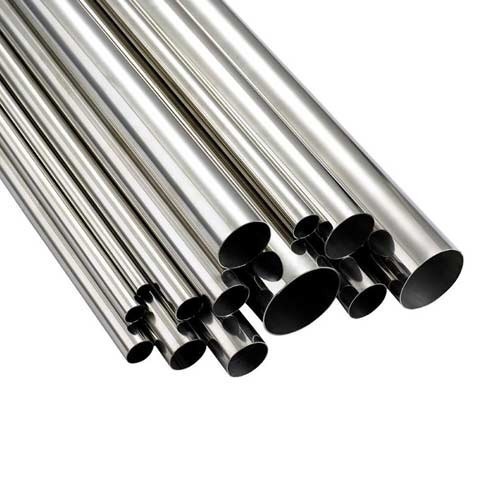
ADTO News
Solutions for Effective Steel Pipe Utilization
The previous discussion highlighted common pitfalls in working with steel pipes, from material selection to installation. Now, let's shift our focus to actionable solutions, emphasizing best practices that ensure the longevity, efficiency, and safety of steel pipe systems. By implementing these strategies, you can mitigate risks and achieve optimal performance in all your projects.

1. Meticulous Material Selection and Specification
Solution: Always begin with a thorough understanding of your project's specific requirements. This includes analyzing the fluid or gas being transported, operating pressures and temperatures, environmental conditions (e.g., exposure to corrosive elements), and regulatory standards. Consult industry standards like API 5L for oil and gas applications and work with experienced engineers to select the precise grade and specifications of steel pipe. Do not compromise on material quality; it's a foundational element of your system's integrity.
2. Implement Robust Handling and Storage Protocols
Solution: Establish clear guidelines for transporting, handling, and storing steel pipes. Use appropriate lifting equipment that supports the full length of the pipe to prevent bending or denting. Store pipes on elevated racks or supports, away from direct contact with the ground, to prevent corrosion and contamination. Protect them from harsh weather conditions, extreme temperatures, and potential impact damage. Regular inspections of stored pipes can help identify and address any issues promptly.
3. Master Welding and Connection Techniques
Solution: Invest in skilled and certified welders who are proficient in various welding processes (e.g., TIG, MIG, stick welding) and understand the specific requirements for different steel types, including specialized materials like duplex stainless steel. Ensure proper joint preparation, including cleaning and beveling, before welding. For flanged connections, meticulous attention to gasket material selection, bolt tightening sequences, and torque specifications is crucial to prevent leaks. Regular quality checks and non-destructive testing of welds are vital for system integrity.
4. Prioritize Cleanliness Throughout the Process
Solution: Maintain a high standard of cleanliness during all stages, particularly when working with stainless steel pipes and fittings. Ensure that pipes, fittings, and tools are free from dirt, dust, grease, and other contaminants. Use appropriate cleaning agents and techniques to prevent foreign particles from entering the system, which can lead to blockages, corrosion, or contamination of the transported media.
5. Uphold Rigorous Safety Standards
Solution: Safety should be non-negotiable. Implement comprehensive safety training programs for all personnel involved in handling, cutting, welding, and installing steel pipes. Ensure that all workers use appropriate personal protective equipment (PPE), including gloves, safety glasses, hard hats, and welding masks. Adhere strictly to lockout/tag-out procedures, confined space entry protocols, and other relevant safety regulations to prevent accidents and injuries. Conduct regular safety audits and promote a culture of vigilance on the job site.
6. Employ Precision Bending Practices
Solution: For applications requiring bends, utilize specialized pipe bending equipment that can create precise and consistent bends without compromising the pipe's integrity. Ensure that the bending dies are in good condition and correctly sized for the pipe diameter. Avoid over-bending or creating sharp angles that can weaken the pipe wall. For critical applications, consider pre-fabricated bends or professional pipe bending services to ensure accuracy and maintain structural strength.
Investing in Quality and Expertise
Ultimately, the solutions to common steel pipe mistakes revolve around a commitment to quality materials and skilled workmanship. Partnering with reputable steel pipe suppliers who provide certified products, and employing trained, experienced professionals for design, fabrication, and installation, are key. By adopting these proactive measures, you not only prevent costly errors but also ensure the long-term reliability, efficiency, and safety of your steel pipe infrastructure.


 Live Chat
Live Chat
